Vegetable cultivation: eggplant substrate bag cultivation technique
Eggplant is one of the main protected vegetables in China, which is hot and rainy in summer and cold in winter. Eggplant is usually produced twice a year, and it is mainly cultivated in early spring, the harvest time is concentrated, and the market supply period is short. There is basically no local eggplant supply in winter and spring. The yield of eggplant cultivated by this model is high, and the market period is in the weakest period of market supply, and the benefit is very significant.
1. Cultivated varieties
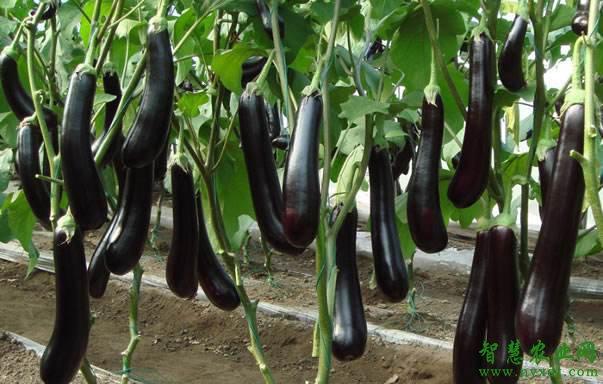
Britta has the advantages of large plant development, small calyx, medium leaf size, no thorns, early maturity, good yield, fast growth, long harvest time, long fruit shape, average fruit length of 25 to 30 cm, transverse diameter of 6 cm, fruit mass of 400 to 450 grams, purple-black fruit, smooth and bright green handle, green calyx, delicious taste, long shelf life, good marketability, 667 m2 yield of more than 18000 kg. It is very suitable for northern varieties.
2. Cultivation substrate
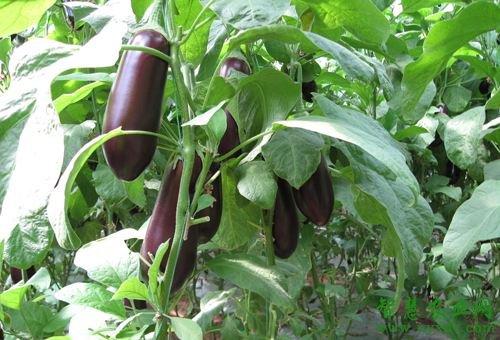
Imported peat, vermiculite and perlite were mixed at a volume ratio of 8.11 as cultivation substrate. In addition, it should be irrigated with nutrient solution.
3. Preparation of substrate bag
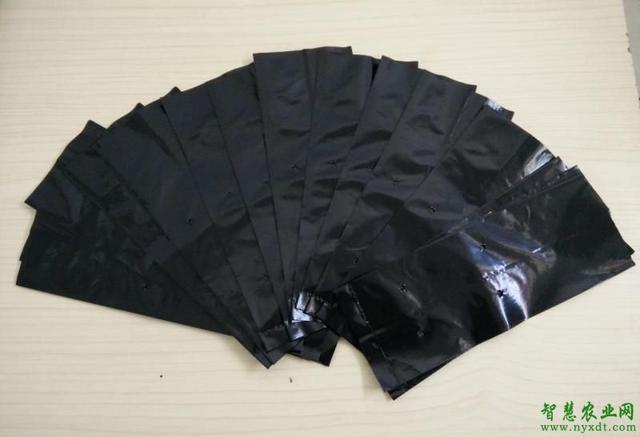
The cultivation medium was packed into a 40-80 cm substrate bag, so that the height of the substrate bag was 20 ~ 25 cm after sealing. The matrix bags were neatly arranged in the cultivation greenhouse according to the row spacing of 160cm, and the direction was determined according to the direction of the greenhouse (usually north-south). A steel tube trolley track with heating function was laid in the middle of every two rows of matrix bags, and drip irrigation facilities were prepared at the same time.
4. Colonization
The planting distance is 20 cm, and the planting distance is about 2000 plants per 667m2. The planting method is as follows: before planting, a special punch is used to punch holes in the substrate bag according to the plant distance of 20 cm, and the planting hole is dug into a pit with a depth of 6 cm, then the bottom of the nutrition bowl with grafted seedlings is cut off with a knife, and the nutrition bowl with cut bottom is planted directly into the planting hole and pressed. After planting, arrange the nutrient solution drip irrigation facilities, insert each drip into the nutrition bowl, drip irrigation once, make the matrix in the matrix bag absorb water to saturation, and then poke 4-6 seepage holes at the bottom of each substrate bag, so that the excess water can seep out.
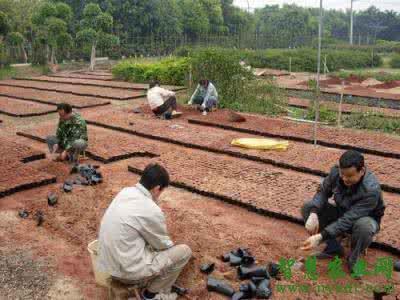
Because the matrix in the matrix bag does not contain nutrients, it is necessary to drip the nutrient solution every day to maintain the normal growth of eggplant. The suitable nutrient solution is about HP6.5, and the EC value is 1.5 ~ 2.0mS/cm. Because the imported peat has good permeability and water holding capacity, it still has good permeability when the matrix reaches saturated water holding capacity, so the nutrient solution should be irrigated 2 or 3 times a day. In general, the nutrient solution per plant was about 100 mL per drip irrigation before fruit setting, and then increased gradually. When the plant height reached 1.5m, the nutrient solution per plant was about 300 mL per drip irrigation. The EC value of the matrix extrudate was tested periodically. If the EC value was more than 2.5 mS/cm, the clear water would be dripped 2 times 3 times according to the situation. When observing in the field, we must pay close attention to the growth of eggplant to avoid element deficiency or element poisoning.
Harvest, storage and transportation
To judge the maturity of eggplant, it is necessary to observe the white or light green ring band at the connection between sepals and fruit. When the band tends to be inobvious or disappearing, it is the right time for harvest. The stalk should be cut with scissors during harvest to prevent damage to the trunk, reduce respiratory intensity and reduce water evaporation. Harvest should be in the evening or morning. After harvest, wrap each fruit with a layer of paper or put it in a plastic bag, and then put the eggplant head-to-head and tail-to-tail layer by layer. The basket of eggplant should not be too large, and the eggplant should be filled and squeezed tightly, which can not only prevent the fruits from moving and squeezing each other during transportation, but also avoid damage to the pericarp caused by friction. Winter and early spring transportation should use an insulation car, or use a quilt to keep warm; eggplant harvested in summer should be cooled by pouring cold water after loading the basket, and ice should be filled in the basket for long-distance transportation (preferably frozen with polyethylene plastic bottled water and then put into the basket).
Source of the article [China Intelligent Agriculture official website]
- Prev
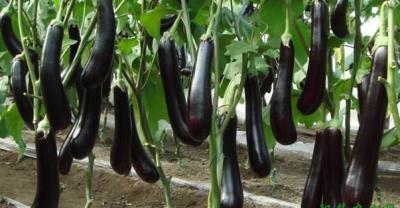
Analysis on planting techniques of early ripening, High yield and High quality eggplant
In a few years, eggplant from the original seedling time, growth and development is more difficult, continuous cropping mortality is relatively high problem affects planting, but in recent years.
- Next
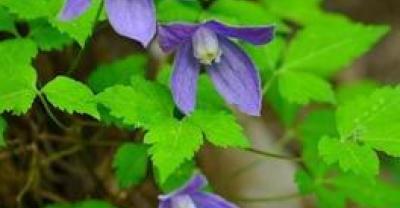
Planting method and appreciation of bonsai of real cypress
True cypress likes light, slightly shade tolerance, strong cold resistance, but also resistant to barren, can be born in rock crevices; loose requirements for soil, neutral soil, calcareous soil can adapt. But...
Related
- Fuxing push coffee new agricultural production and marketing class: lack of small-scale processing plants
- Jujube rice field leisure farm deep ploughing Yilan for five years to create a space for organic food and play
- Nongyu Farm-A trial of organic papaya for brave women with advanced technology
- Four points for attention in the prevention and control of diseases and insect pests of edible fungi
- How to add nutrient solution to Edible Fungi
- Is there any good way to control edible fungus mites?
- Open Inoculation Technology of Edible Fungi
- Is there any clever way to use fertilizer for edible fungus in winter?
- What agents are used to kill the pathogens of edible fungi in the mushroom shed?
- Rapid drying of Edible Fungi

